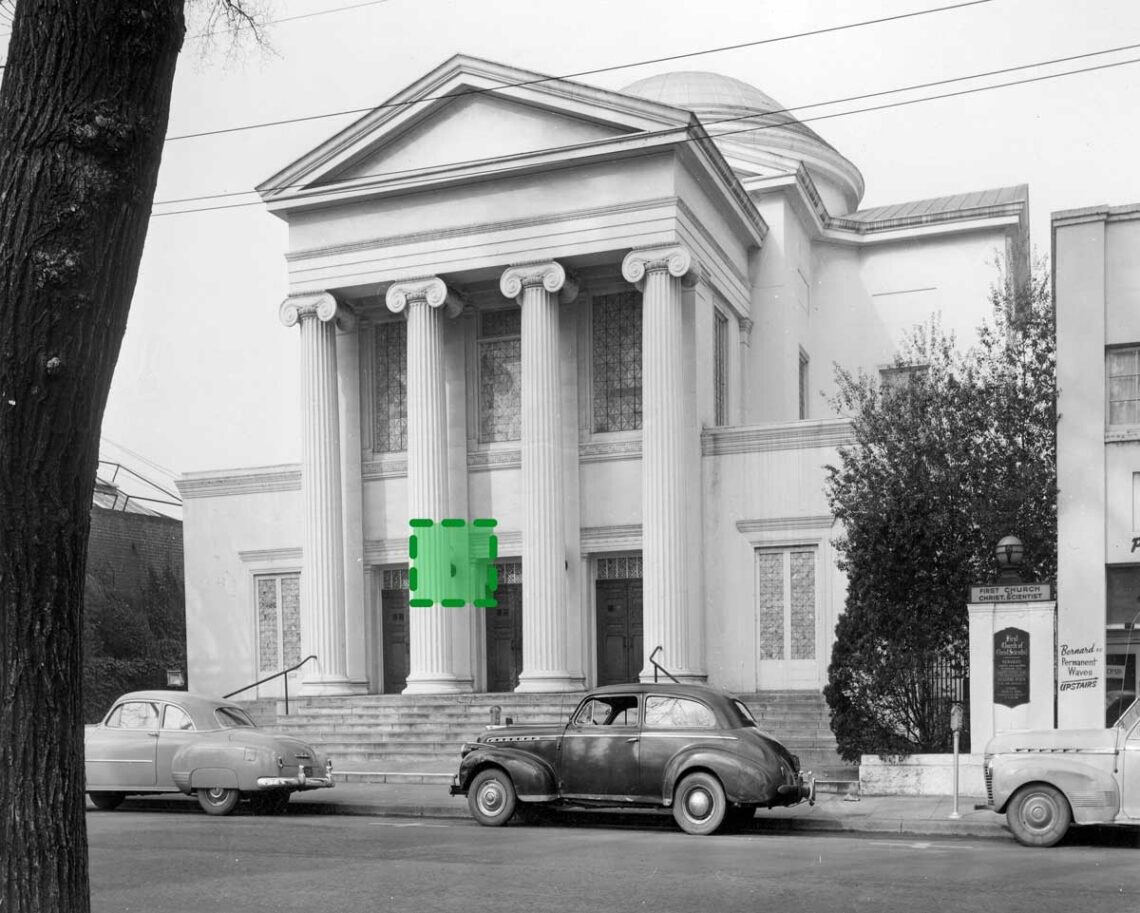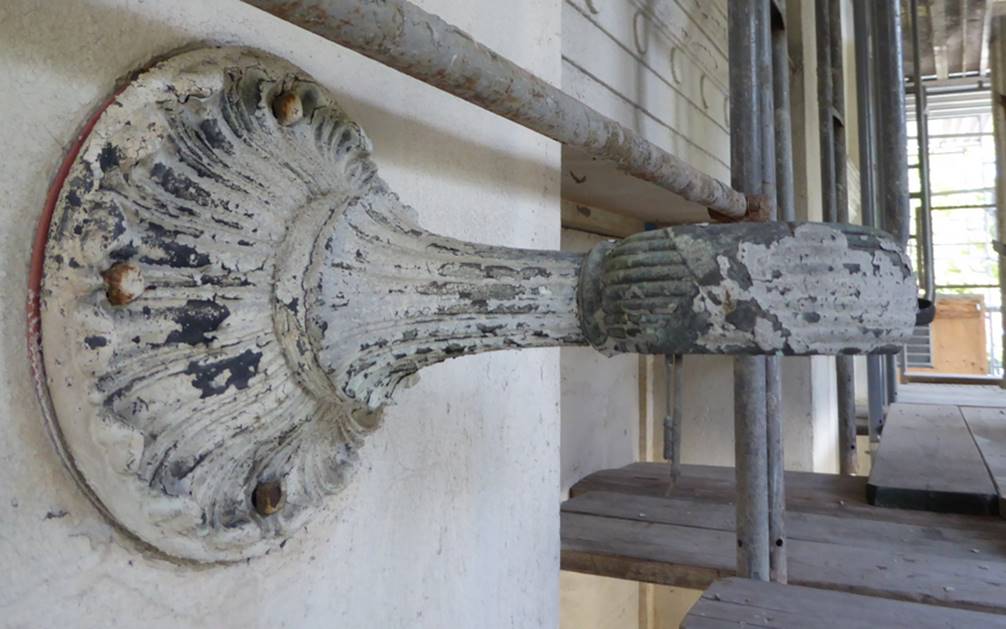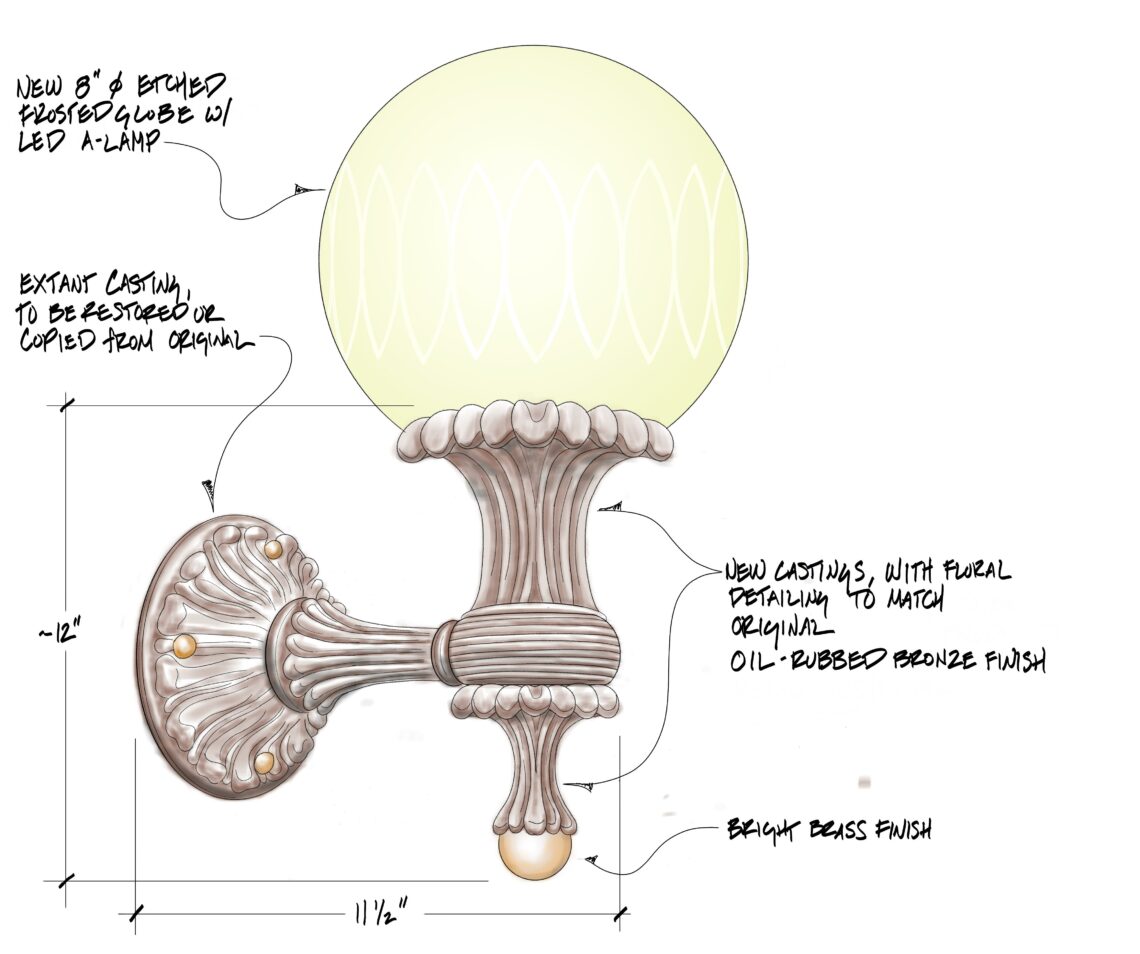Minuscule lighting design was founded in 2014 to do big, ambitious projects with a small-firm mindset. We specialize in projects with unique problems to solve.
The name refers both to a management approach of a small firm with personal attention by principal designers to every project, and a design philosophy of folding the lighting into the overall architectural presentation so completely that it is difficult to imagine one without the other.
Here are some capabilities that set us apart.
In the early stages of design, we try to keep things loose, iterate, try out ideas.




When hand sketching, there’s a space between the idea and the hand. Sometimes, you find something unexpected there.
As an example, here’s a sequence showing a historical reproduction lighting fixture to restore this historic building.
Left, a historical photo of the building, enlarged detail from the photo in green.
Bottom left, the extant casting we had available.
Above is the rendering we developed for the replacement fixtures based on this information. It’s helpful to be able to draw in the missing bits!
We validate our designs using photometric analysis software so that we really know our ideas will work. But we also use it to test and share ideas, as something more validated than a concept sketch, but less formal than a Revit model.
As an example, here are some ideas we developed for how we can light this interesting folded perf metal facade. They’re not intended to be photorealistic, but they show the behavior of light relatively accurately and we can turn them around quickly.
The complement of this strength in conceptual design is our BIM strategy.
Founded in 2014, Minuscule Lighting Design was able to realize the full benefits of BIM automation without having one foot stuck in the 2D past. As a result, we can handle very large projects efficiently.
Many of our quality control procedures are partially or fully automated, which means we can stay focused on design goals instead of getting lost in the documentation.
As a result of our unique process, our work has been consistently recognized with awards at the local and national level.
In 2015 Minuscule’s design for West Berkeley Library was honored with an Illumination Award of Excellence by the Illumination Engineering Society (IES) for “significant contribution to the art and science of lighting design.”
The design integrates lighting, controls, and daylighting analysis, was the first zero net public library in California, and achieved LEED Platinum. It was selected by AIA’s Committee on Technology and the Environment (COTE) as a top ten project for 2015. Harley Ellis Devereaux, Architect
In 2017, the firm received the Luxie Award of Distinction for The Speakeasy, an immersive theatrical experience. The project imagines a sprawling prohibition-era speakeasy, with multiple bars, a cabaret presenting live acts, a casino, all fronted by fake street-level businesses concealing entrances. An audience of 250 are mixed in with cast of 50 dispersed through multiple concurrent playing spaces. The project required extensive historical research and detailing.
In 2020 the firm received an Illumination Award of Excellence for SFO Long Term Parking Garage #2, in the category of Energy Efficiency and Environmental Design.
A combination of advanced lighting controls and thoughtful design create a better experience for the user, while producing 278% as much energy as it consumes. The elevator tower incorporates an art lighting installation by Johanna Grawunder.